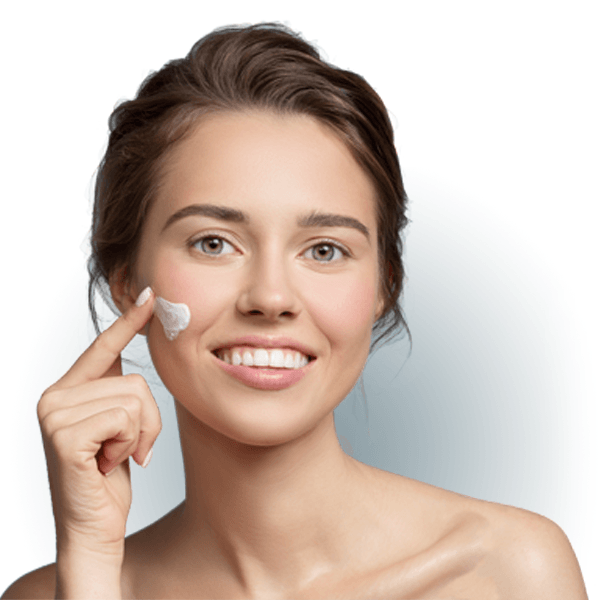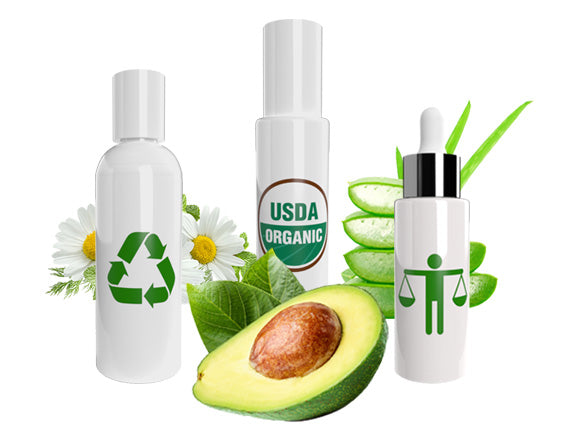Ethical Advertising
- Skin care manufacturers, like all other businesses, have to make profit, and advertising can go a long way towards selling their products which is understandable. But advertising can often be harmful to customers aswell as helpful and the lines between the two are harder to determine than may first appear.
- It is essential when advertising for skin care to focus on the following principles
Honesty
- Ethical advertising respects the truth about its product. It should never exaggerate the products capabilities and benefits, or hide its deficits. Unethical advertising, on the other hand, will often distort or misinterpret its product to influence its target audience.
Distinction
- Ethical advertising seeks to distinguish its products (logos, shapes, overall tone, imagery) from those of its competitors and avoid blurring the line between it and other companies products.
Social consciousness
- Ethical advertising refrains from appealing to human emotions such as fear, greed or lust.
- Unethical advertising, on the other hand, will prey upon the baser emotions of its target audience. For example, it will raise fears for the audience's health if they do not purchase the product or rely on sexually explicit images to generate interest rather than the virtues of the product itself.
Environmental consciousness
- Ethical advertising operates with respect for the natural world and refrains from causing undue harm to the environment.
- Furthermore, the means with which the advertising is created should adhere to the environmental standards. Using recyclable components, for example, or non-polluting creation methods and refrain from excessive waste.
- Unethical advertisements are created without concern for the environment and encourages environmentally destructive behavior in its audience.
Digital manipulation
- Ethical advertising avoids misleading and deceiving the audience with digital manipulation of images that illustrate the effects of a product.
- Often the consumer will be disappointed for not achieving the advertised results after purchasing the product and regularly using it.
- Such manipulation includes airbrushing, retouching, darkroom exposure techniques, darkening or lightening a photograph, or piecing photos.























